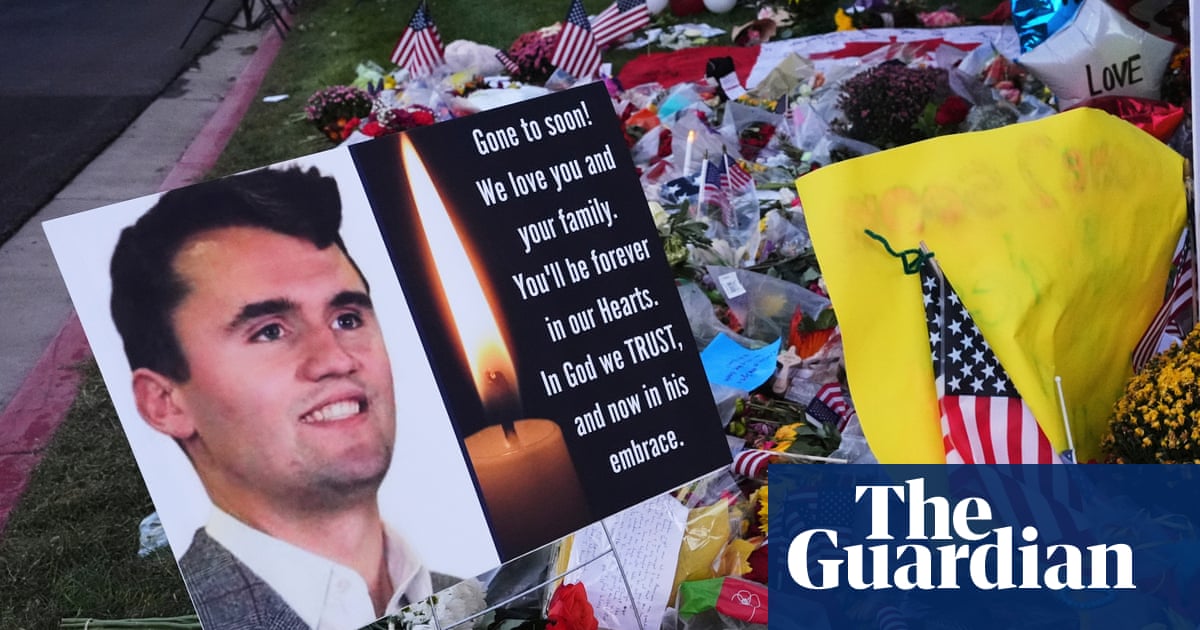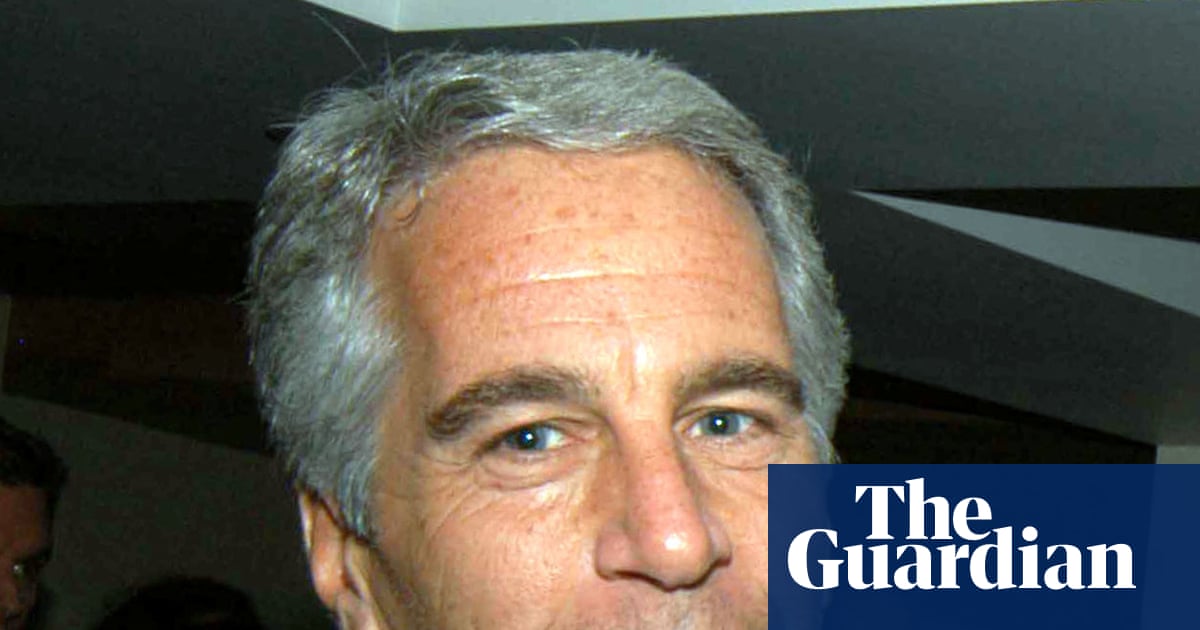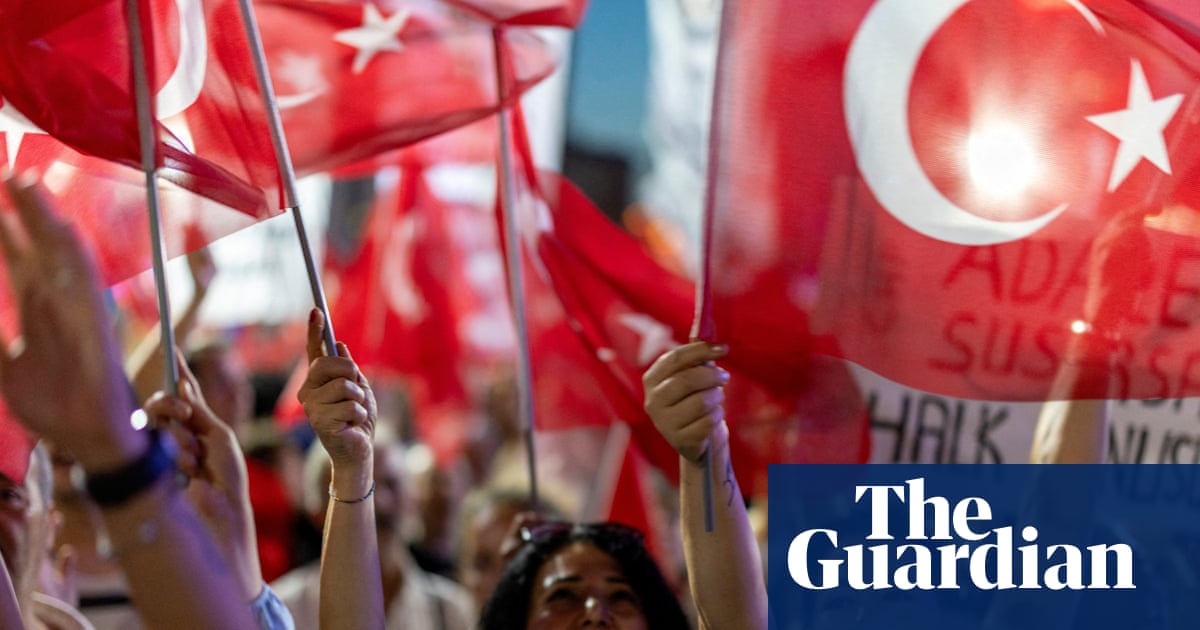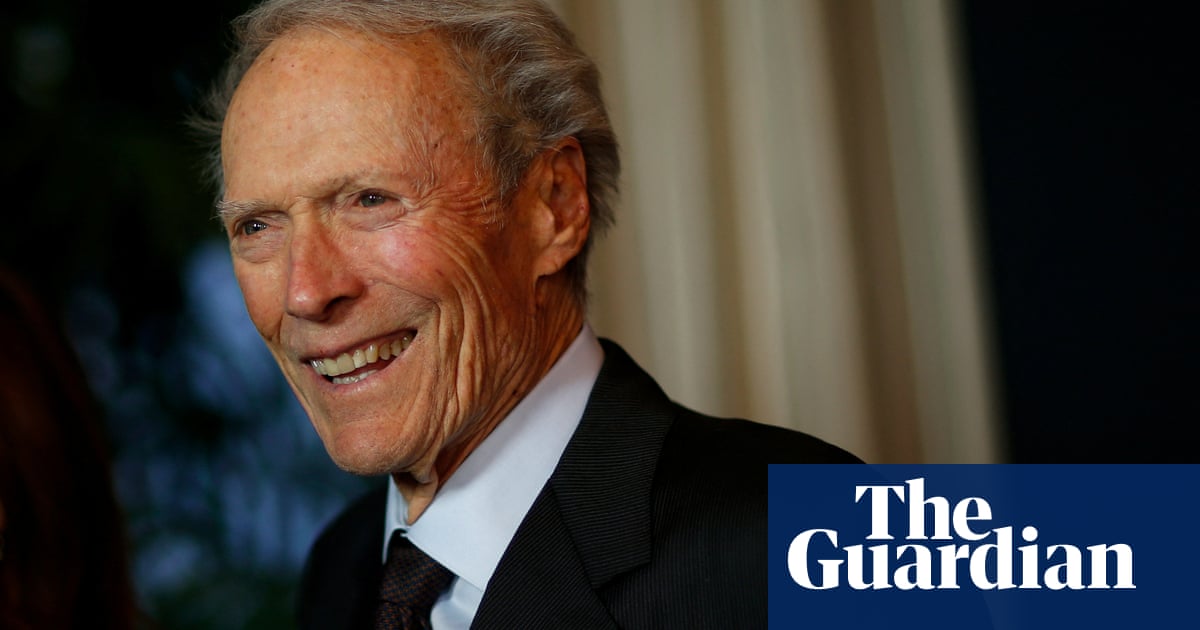A rare June heatwave is bringing a stifling, dangerous, start to summer across much of the eastern US this week, with forecasts for temperatures to get even hotter on Tuesday.
On Monday, just the second day of summer, the National Weather Service placed extreme heat warnings in effect from the Carolinas to Maine, advising against any outdoor activities under the conditions.
The very high humidity levels are also enhancing the heatwave and reducing the ability for temperatures to cool down at night. The NWS has ranked the heatwave a four on its four-tier heat risk scale to account for the severity of warm overnight temperatures on public health.
The mayors of Washington DC, Philadelphia, New York and Boston have all declared heat emergencies, offering free transportation to libraries and other cooling centers in an effort to reduce the incidence of heat-related illnesses and injuries.
By early Monday afternoon, temperatures had already reached 100F (37C) in parts of northern Virginia northward to upstate New York. Adding in the stifling effect of high humidity made it feel like 110F in Baltimore, 109F in Philadelphia, and 108F in Swanton, Vermont, just a few miles south of the Canadian border.
Temperatures like these are rare any time of the year, let alone in the initial days of summer. In New York City, there hasn’t been a heatwave like this in June in at least 30 years, and maybe ever. In the SoHo neighborhood of Manhattan, an unofficial weather station measured an air temperature of 100F with a dew point temperature of 82F at 3pm on Monday, making it feel like a whopping 126F.
Dew point is a measure of the total amount of water vapor in the atmosphere – higher dew point temperatures make the air feel more humid. Since the National Weather Service doesn’t retain hourly readings of dew point, it’s difficult to assess if it has ever felt hotter than that in New York City in the month of June.
Monday’s official temperature of 96F at Central Park tied a daily record dating back to 1888. Monday morning was also the earliest date in New York City history in which the temperature failed to drop below 80F.
Tuesday’s forecast is for the temperature to climb still higher. New York’s highest all-time June record of 101F, set in 1934 and 1966, could fall. The insulating effect of high humidity means overnight temperatures will again likely not fall below 80F, challenging the warmest June night in the city’s history of 81F on 26 June 1952.
The urban east coast is one of the fastest warming places in the US during the summer months. According to Climate Central, the warming climate has made New York City high temperatures in the current heatwave about twice as likely, and low temperatures about four times more likely.
The multi-day heat outbreak began last week in the midwest, where several new all-time warm low temperature records were set, including in cities like Green Bay, Wisconsin and Lansing, Michigan. Over the weekend, it was hotter in parts of western Kansas – 107F – than in Death Valley. In separate incidents at professional baseball games in Chicago and St Louis on Sunday, players and umpires fell ill, making for dramatic scenes highlighting the danger of the weather for even highly conditioned athletes.
The heatwave’s genesis comes from exceptionally high humidity pulled northward from record-warm waters of the Gulf of Mexico by a record strong ridge of high pressure. As air gets warmer, it can also hold more water vapor – which increases the intensity of rainfall downpours but also increases the danger of heatwaves. Over the past 100 years of records, the average dew point temperature across the US has been increasing along with the average temperature.
For the most vulnerable people in the urban east coast, the combination of high humidity and temperatures like these can be deadly.
Air conditioning access is far from universal in the north-east, especially in historically cool states like Vermont, New Hampshire and Maine. In those parts of northern New England – which will reach multiple days of temperatures in the 90s this week – more than one in five households do not own a way to cool their homes.
In an added worry for this year’s hottest stretch of the year, vulnerable households who do have air conditioning will have to face higher costs for operating them. In April, the Trump administration’s “department of government efficiency” (Doge) instituted mass layoffs at the Low Income Home Energy Assistance Program (Liheap) – a relatively small government program within the Department of Health and Human Services that distributes financial aid to about 6 million households nationwide.
-
Eric Holthaus is a meteorologist and climate journalist based in Minnesota

 2 months ago
39
2 months ago
39

















































